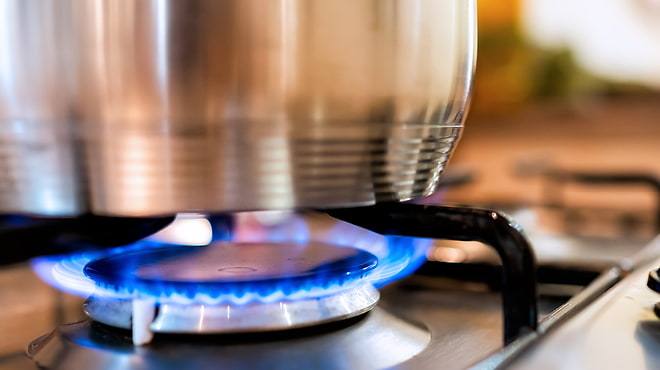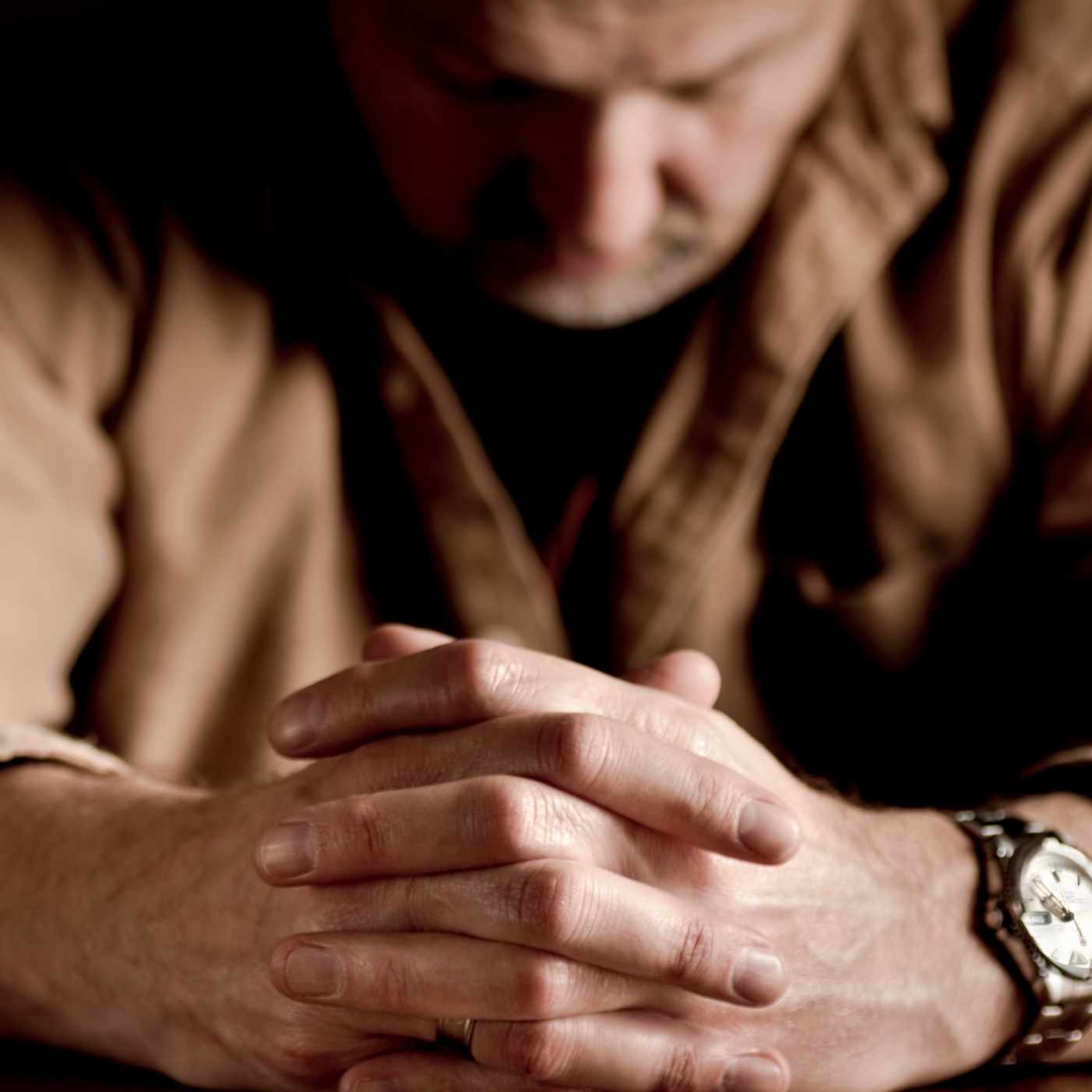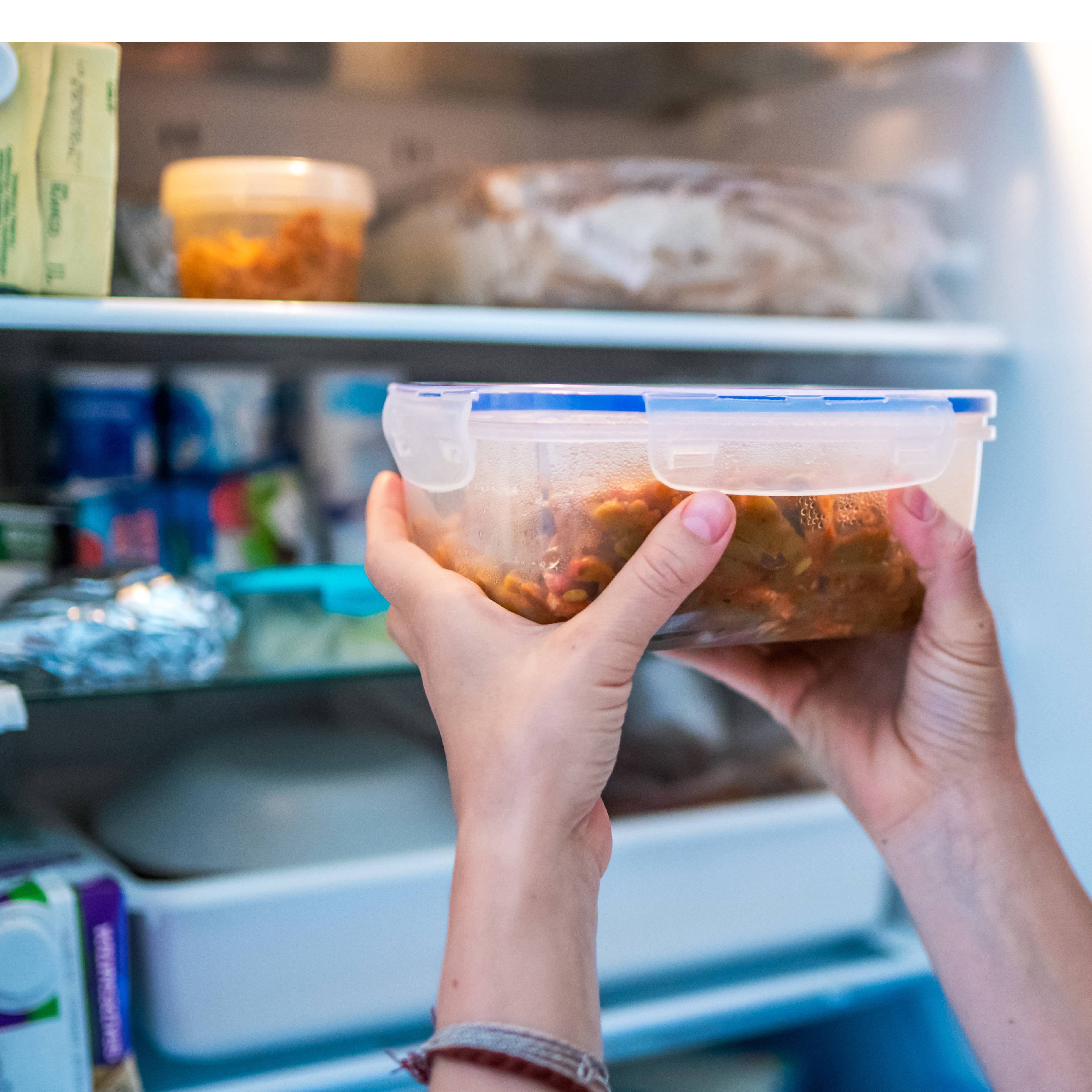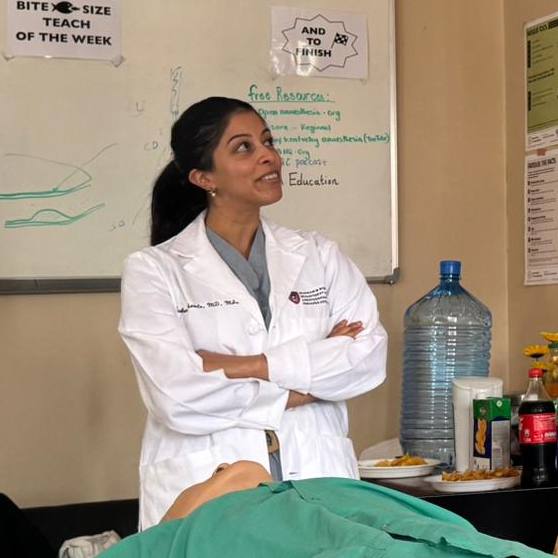-
Ouch! I’ve burned my hand on a hot pan — now what?

It's easy to get a burn on your arm or hand from a hot pan while cooking. Extremely hot water — over 110 degrees Fahrenheit — can cause burns, as can stoves, fires, hot food and the sun.
Most burns are minor and you can manage them at home, but it's important to know the signs of a more serious burn. More severe burns can cause serious complications and may require emergency treatment. One of the most important things to do of you burn your hand is to act fast.
Burns cause different degrees of damage.
- A first-degree burn is minor. It affects only the outer layer of the skin.
- A second-degree burn affects the second layer of skin, called the dermis.
- A third-degree burn reaches into the deeper layers beneath the skin.
Treating a minor burn
There are many myths about how to treat a minor burn. Your questions may include: Should you pop the blister? Do you use hot or cold water on it? Is it good to cover a burn with a bandage?
Follow these tips for treating a minor burn:
- Place the burned area under running water slightly colder than room temperature for 10 to 15 minutes or until the pain eases. Or put a cool, clean, damp cloth on the burn.
- Be aware that the burned area may swell. Remove tight items, such as rings or clothing, from the burned area as quickly as possible.
- Do not break a blister if it's bigger than your little fingernail. If the blister does break, clean it with mild soap and water. Apply an antibiotic ointment, and cover the area with a bandage or gauze.
- Applying moisturizer, aloe vera gel or other pain relief gels may provide temporary relief. Don't slather on butter — sometimes mentioned as a home remedy — because it retains heat and could be contaminated with bacteria.
- Keep the wound covered with a loose dressing to help it stay clean and decrease pain.
- Ease the pain with an over-the-counter pain reliever, such as Ibuprofen, naproxen or acetaminophen.
- Make sure you've had a tetanus shot within the last 10 years because you can get tetanus through an open wound in the skin.
When to see your health care team after a burn
See your health care team if the symptoms worsen or a larger blister develops. Large blisters are best removed by health care professional as they rarely will remain intact on their own.
Also, seek care if the burn:
- Covers a large area of the body
- Has other associated injuries
- Has infection-like signs, such as oozing from the wound, increased pain, redness and swelling
- Involves the area around the eyes, nose or mouth
- Is severe or deep
Call 911 for emergency medical help for major burns.
Get more safety tips:
- Don't let unsafe toys spoil holiday fun
- Use caution with fireworks
- Should super glue be in your first-aid kit?
- Household safety checklist for senior citizens
Paul Horvath, M.D., practices emergency medicine in Eau Claire and Menomonie, Wisconsin.
This post also appears on the Mayo Clinic Health System blog.







